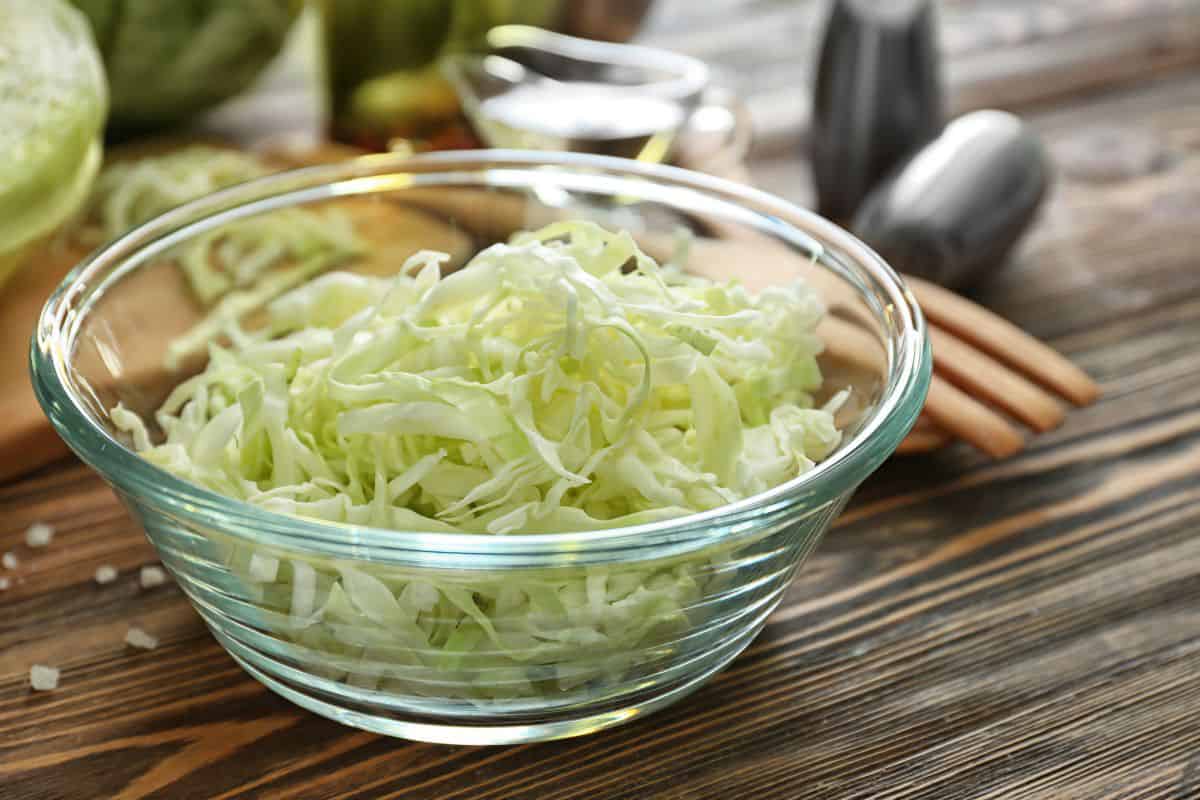

Articles
How To Store Uncooked Cabbage
Modified: February 26, 2024
Learn the best methods to store uncooked cabbage and keep it fresh for longer. Read our informative articles for helpful tips and tricks.
(Many of the links in this article redirect to a specific reviewed product. Your purchase of these products through affiliate links helps to generate commission for Storables.com, at no extra cost. Learn more)
Introduction
Welcome to our comprehensive guide on how to store uncooked cabbage. Cabbage is a versatile and nutritious vegetable that can be used in various culinary creations, from salads and slaws to stir-fries and soups. Whether you’ve just harvested fresh cabbage from your garden or purchased it from the market, proper storage is essential to preserve its freshness and extend its shelf life.
In this article, we’ll explore the importance of storing uncooked cabbage properly and the factors that can affect its shelf life. We’ll also delve into the best methods for storing whole cabbage heads as well as cut or shredded cabbage. Additionally, we’ll provide some valuable tips on how to maintain the freshness and quality of cabbage. So let’s dig in and discover the secrets to keeping your cabbage crisp and delicious for longer!
Key Takeaways:
- Proper storage of uncooked cabbage is crucial for preserving its freshness, flavor, and nutrients, ensuring an extended shelf life and minimizing food waste.
- By following the right storage methods and tips, you can maintain the crispness and quality of cabbage, while being mindful of signs of spoilage to prevent foodborne illnesses.
Read more: How To Store Uncooked Artichokes
Why Proper Storage of Uncooked Cabbage is Important
Properly storing uncooked cabbage is crucial for maintaining its flavor, texture, and nutritional value. By following the correct storage methods, you can ensure that your cabbage stays fresh and crisp for an extended period. Here are a few reasons why proper storage is important:
- Preserving Freshness: Cabbage is a perishable vegetable that can spoil quickly if not stored correctly. By providing the optimal storage conditions, you can slow down the deterioration process and keep your cabbage fresh for a more extended period.
- Extending Shelf Life: When cabbage is stored properly, it can last for several weeks, allowing you to enjoy its goodness over an extended period. This is especially important if you buy cabbage in bulk or grow it in your garden.
- Retaining Nutrients: Cabbage is packed with essential nutrients like vitamin C, fiber, and antioxidants. Improper storage can lead to nutrient loss, impacting the nutritional value of the cabbage. By storing it correctly, you can ensure that these valuable nutrients remain intact.
- Preventing Waste: Wasting food is not only wasteful but also harmful to the environment. By properly storing cabbage, you can reduce the chances of it spoiling and ultimately minimize food waste.
Now that you understand the importance of proper cabbage storage let’s explore the factors that can affect its shelf life and quality.
Factors That Can Affect the Shelf Life of Cabbage
Several factors can impact the shelf life and quality of uncooked cabbage. By understanding these factors, you’ll be better equipped to store your cabbage properly and prolong its freshness. Here are the main factors to consider:
- Temperature: Cabbage thrives in cool temperatures but can deteriorate quickly if exposed to extreme heat or cold. It is best to store cabbage at a temperature between 32°F (0°C) and 40°F (4°C) to maintain its freshness and prevent wilting.
- Moisture: Excess moisture can cause cabbage to rot quickly. Make sure to remove any dampness on the cabbage leaves before storing. It’s also important to avoid storing cabbage in a humid environment, as this can promote the growth of mold and bacteria.
- Air Exposure: Cabbage is prone to drying out when exposed to air. It’s crucial to keep the cabbage wrapped tightly or stored in an airtight container to prevent moisture loss and maintain its crispness.
- Light: Cabbage should be stored away from direct sunlight, as exposure to light can lead to the degradation of its color, texture, and nutrients. Opt for a dark and cool storage area to preserve the freshness of the cabbage.
- Damage: Cabbage that has been bruised or damaged will spoil faster. Handle cabbage with care and avoid storing any damaged or rotting pieces with the rest of the cabbage to prevent the spread of spoilage.
- Ripeness: Cabbage that is overly ripe or past its prime will not last as long. It’s best to store cabbage when it is at its freshest to maximize its shelf life.
By taking these factors into consideration, you can ensure that your cabbage stays fresh and delicious for longer. Now that we’ve covered the influencing factors, let’s dive into the best methods for storing uncooked cabbage.
Best Methods for Storing Uncooked Cabbage
When it comes to storing uncooked cabbage, there are a few tried-and-true methods that can help you prolong its shelf life and maintain its quality. Whether you have a whole cabbage head or cut/shredded cabbage, here are the best storage methods to consider:
Storing Whole Cabbage Heads:
- Leave the outer leaves intact: The outer leaves of the cabbage head act as a protective layer. Keep them attached to the head to help preserve the inner leaves.
- Wrap in plastic or foil: To prevent moisture loss and protect the cabbage from air exposure, wrap the whole cabbage head tightly in plastic wrap or aluminum foil.
- Store in the refrigerator: Place the wrapped cabbage in the vegetable crisper drawer of your refrigerator. The cool temperature will help maintain its freshness. Avoid storing it near fruits, as they release ethylene gas, which accelerates the ripening process.
Read more: How To Store Uncooked Salmon
Storing Cut or Shredded Cabbage:
- Place in an airtight container: Transfer the cut or shredded cabbage into a clean, airtight container. This helps to prevent moisture loss and protects the cabbage from absorbing odors from other foods in the fridge.
- Add a damp paper towel: To keep the cabbage slightly moist, place a damp paper towel on top of the cabbage before sealing the container.
- Refrigerate promptly: Store the sealed container of cut or shredded cabbage in the refrigerator as soon as possible. Ideally, use it within a few days for the best flavor and texture.
Remember to check on your stored cabbage periodically and remove any damaged or spoiled pieces to prevent the spread of spoilage. With these storage methods, you can enjoy fresh and crisp cabbage whenever you’re ready to use it in your culinary creations.
Now that we’ve covered the storage methods let’s move on to some valuable tips on maintaining the freshness and quality of cabbage.
Storing Whole Cabbage Heads
Storing whole cabbage heads requires a slightly different approach than storing cut or shredded cabbage. Follow these steps to ensure the longevity of your whole cabbage:
- Leave the outer leaves intact: The outer leaves of the cabbage head serve as a protective layer and help to preserve the inner leaves. Leave them attached to the head instead of removing them.
- Inspect for any damage or rot: Before storing, carefully examine the cabbage head for any signs of damage or rot. Remove any damaged or spoiled leaves to prevent them from affecting the rest of the cabbage.
- Wrap the cabbage head: To protect the cabbage and maintain its moisture, wrap the whole cabbage head tightly in plastic wrap or aluminum foil. Make sure to cover the cabbage completely to prevent air exposure.
- Choose the right storage location: Store the wrapped cabbage head in the vegetable crisper drawer of your refrigerator. The cool temperature helps to prolong its freshness.
- Avoid storing near fruits: Fruits release ethylene gas, a natural ripening agent. To prevent the cabbage from ripening too quickly, keep it away from fruits in the refrigerator, as exposure to ethylene gas can cause it to spoil faster.
- Check periodically: Periodically check on the stored cabbage and remove any damaged or spoiled leaves. This helps to prevent the spread of spoilage to the rest of the cabbage.
By following these steps, you can keep your whole cabbage heads fresh and crisp for an extended period. Remember to use the cabbage within a reasonable timeframe to ensure optimal flavor and texture.
Now that we’ve covered the storage method for whole cabbage heads, let’s move on to storing cut or shredded cabbage.
Storing Cut or Shredded Cabbage
If you have cut or shredded cabbage that you need to store, follow these steps to maintain its freshness and quality:
- Transfer to an airtight container: Place the cut or shredded cabbage into a clean, airtight container. A plastic container with a tight-fitting lid works well for this purpose.
- Add a damp paper towel: To keep the cabbage slightly moist, place a damp paper towel on top of the cabbage before sealing the container. Avoid soaking the cabbage in water, as excessive moisture can lead to spoilage.
- Seal the container: Ensure that the container is tightly sealed to prevent air exposure and maintain freshness. This helps to prevent the cabbage from drying out and losing its crispness.
- Refrigerate promptly: Place the sealed container of cut or shredded cabbage in the refrigerator as soon as possible. The cool temperature of the fridge helps to slow down the rate of spoilage and maintain the quality of the cabbage.
- Use within a few days: It’s best to use the cut or shredded cabbage within a few days for optimal freshness and taste. The longer it sits in the fridge, the more it may start to lose its flavor and texture.
By following these steps, you can store cut or shredded cabbage properly, keeping it fresh and ready for your favorite recipes. Remember to check on the stored cabbage periodically and discard any pieces that show signs of spoilage to avoid contaminating the rest of the cabbage.
Now that you know how to store cut or shredded cabbage, let’s move on to some tips for maintaining the freshness and quality of cabbage.
Store uncooked cabbage in the crisper drawer of the refrigerator. Keep it in a perforated plastic bag to maintain moisture and freshness. Avoid storing it near ethylene-producing fruits, as this can cause the cabbage to spoil faster.
Tips for Maintaining Freshness and Quality
To ensure the freshness and quality of your cabbage, here are some valuable tips to keep in mind:
- Store unwashed: It’s best to store cabbage in its unwashed state. Washing the cabbage before storage can introduce excess moisture, making it more susceptible to spoilage.
- Cut as needed: If you’re not using the whole cabbage at once, it’s recommended to cut or shred only what you need for immediate use. This helps to minimize the exposure of the remaining portion to air and moisture.
- Keep an eye on temperature: Ensure that the storage temperature for cabbage remains between 32°F (0°C) and 40°F (4°C). Fluctuating temperatures can accelerate spoilage.
- Check for moisture: Periodically check the cabbage for any signs of excess moisture or condensation in the storage container. If moisture is present, carefully pat the cabbage dry to prevent it from becoming soggy.
- Avoid storing near strong-smelling foods: Cabbage easily absorbs odors, so it’s best to keep it away from strong-smelling foods like onions, garlic, and certain fruits. This helps to preserve the natural flavor of the cabbage.
- Re-wrap if necessary: If you notice that the plastic wrap or foil around the cabbage has become loose or damaged, re-wrap it to maintain a tight seal and protect the cabbage from air exposure.
- Use within the recommended timeframe: While cabbage can last for several weeks when stored properly, it is still best to use it within a reasonable timeframe for optimal flavor and quality.
By following these tips, you can maximize the freshness and quality of your cabbage, ensuring that it remains crisp and delicious for as long as possible.
However, it’s important to note that over time, cabbage will naturally start to degrade and lose its freshness. Therefore, it’s always best to use your senses and inspect the cabbage for any signs of spoilage before consuming.
Now that you’re equipped with helpful storage tips, let’s discuss the signs of spoiled cabbage.
Read more: How To Store Green Cabbage
Signs of Spoiled Cabbage
Knowing the signs of spoiled cabbage is essential to prevent consuming unpalatable or potentially harmful food. Here are the key indicators that your cabbage has gone bad:
- Discoloration: If you notice significant changes in color, such as brown, black, or moldy spots on the cabbage, it is a clear sign of spoilage.
- Foul smell: Spoiled cabbage emits a strong, unpleasant odor. If your cabbage has a rotten or sulfurous smell, it is best to discard it.
- Mushy texture: Fresh cabbage has a firm texture, but when it starts to spoil, it becomes soft, mushy, or slimy. Such texture changes indicate that the cabbage is no longer suitable for consumption.
- Excessive wilting: While some wilting is normal as cabbage ages, excessive wilting or drooping leaves are signs of deteriorating quality.
- Mold growth: If you notice any fuzzy or powdery mold on the cabbage, it is a clear indication that it has spoiled. Do not consume cabbage with mold growth, as it may cause illness.
If you encounter any of these signs, it is best to err on the side of caution and discard the spoiled cabbage. Consuming spoiled cabbage can lead to food poisoning or other health risks.
It’s important to note that even with proper storage, cabbage will eventually begin to spoil. Therefore, it is crucial to regularly inspect the cabbage for signs of deterioration, especially as it nears the end of its recommended storage period.
Now that you’re aware of the signs of spoiled cabbage, let’s conclude our guide on storing uncooked cabbage.
Conclusion
Proper storage of uncooked cabbage is essential for preserving its freshness, flavor, and nutritional value. By following the right storage methods, you can extend the shelf life of cabbage and ensure that it remains crisp and delicious for a longer period.
When storing whole cabbage heads, remember to leave the outer leaves intact and wrap the cabbage tightly in plastic wrap or aluminum foil. Place it in the refrigerator, away from fruits, and periodically check for any signs of spoilage.
If you have cut or shredded cabbage that needs to be stored, transfer it to an airtight container. Add a damp paper towel to maintain moisture levels and seal the container tightly before refrigerating it promptly.
To maintain the freshness and quality of cabbage, keep it in its unwashed state, store it at the proper temperature, and steer clear of strong-smelling foods. Check for moisture and re-wrap if necessary, and use the cabbage within the recommended timeframe to enjoy it at its best.
It’s important to be aware of the signs of spoiled cabbage, which include discoloration, foul smell, mushy texture, excessive wilting, and mold growth. If you notice any of these signs, discard the cabbage to prevent foodborne illnesses.
By following these guidelines and incorporating these tips into your cabbage storage routine, you can make the most of this versatile vegetable and minimize food waste.
We hope this comprehensive guide has equipped you with the knowledge and techniques to store uncooked cabbage effectively. With proper storage, you can enjoy fresh and crisp cabbage in your favorite dishes for an extended period.
Remember, freshness is key, so keep an eye on your cabbage and enjoy it at its best!
Frequently Asked Questions about How To Store Uncooked Cabbage
Was this page helpful?
At Storables.com, we guarantee accurate and reliable information. Our content, validated by Expert Board Contributors, is crafted following stringent Editorial Policies. We're committed to providing you with well-researched, expert-backed insights for all your informational needs.
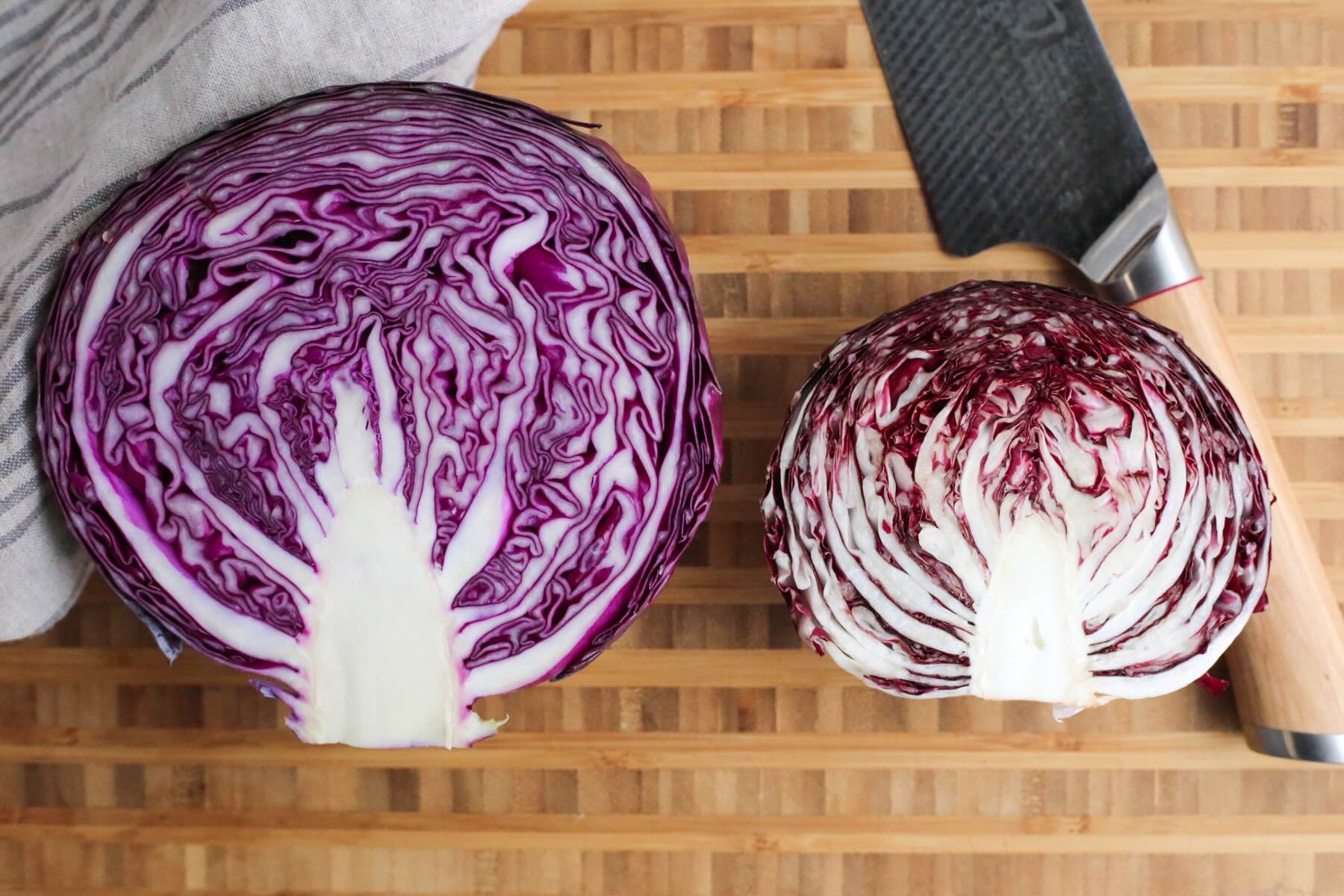
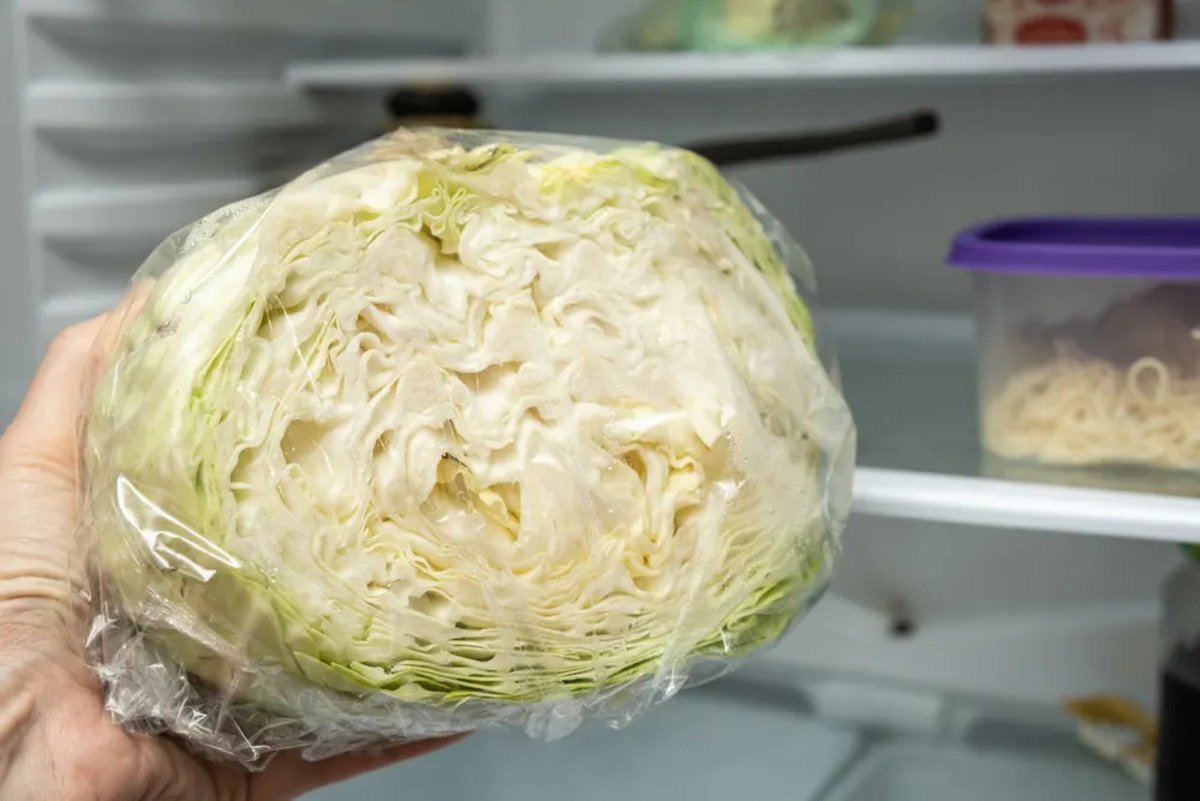
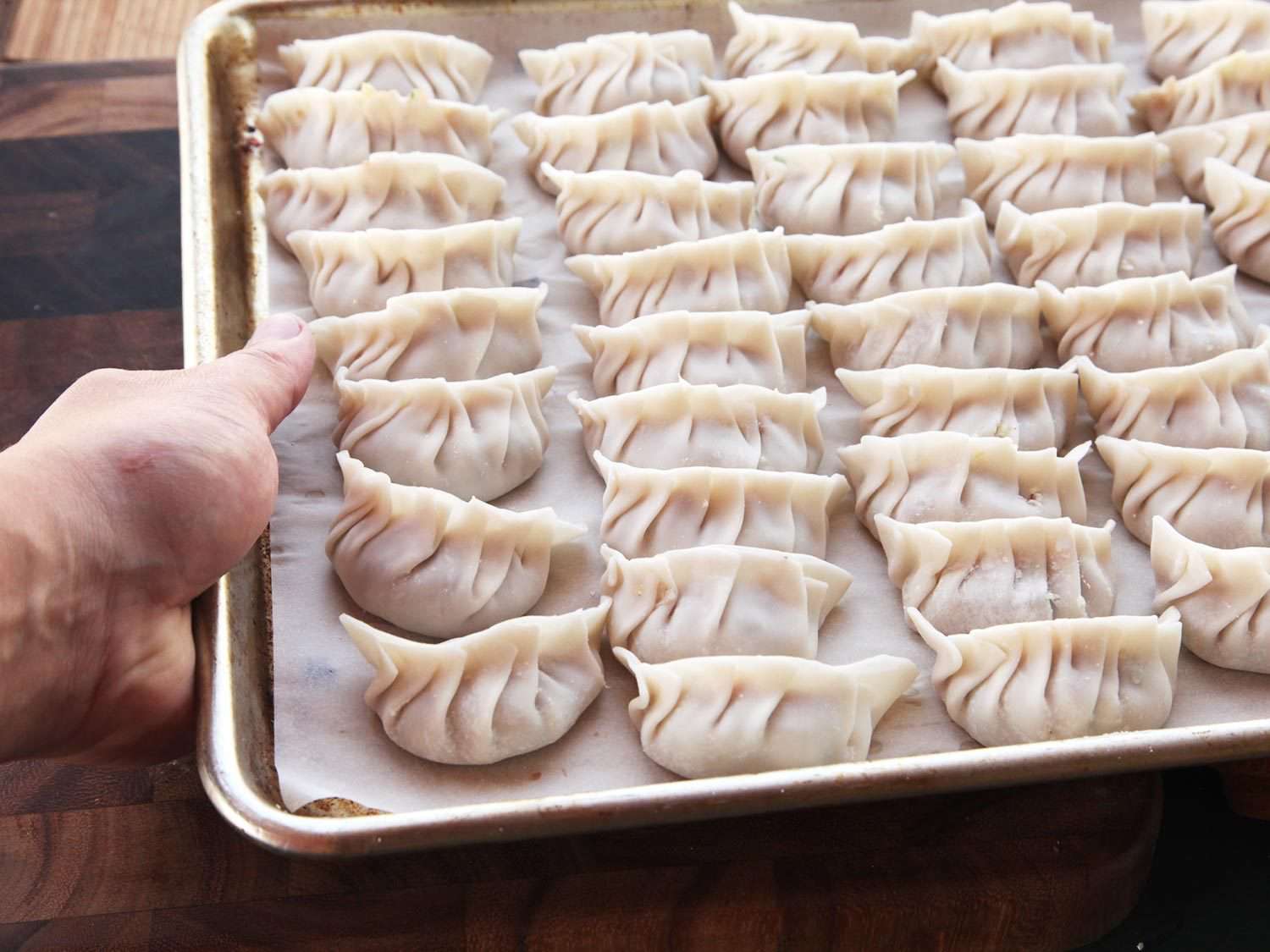
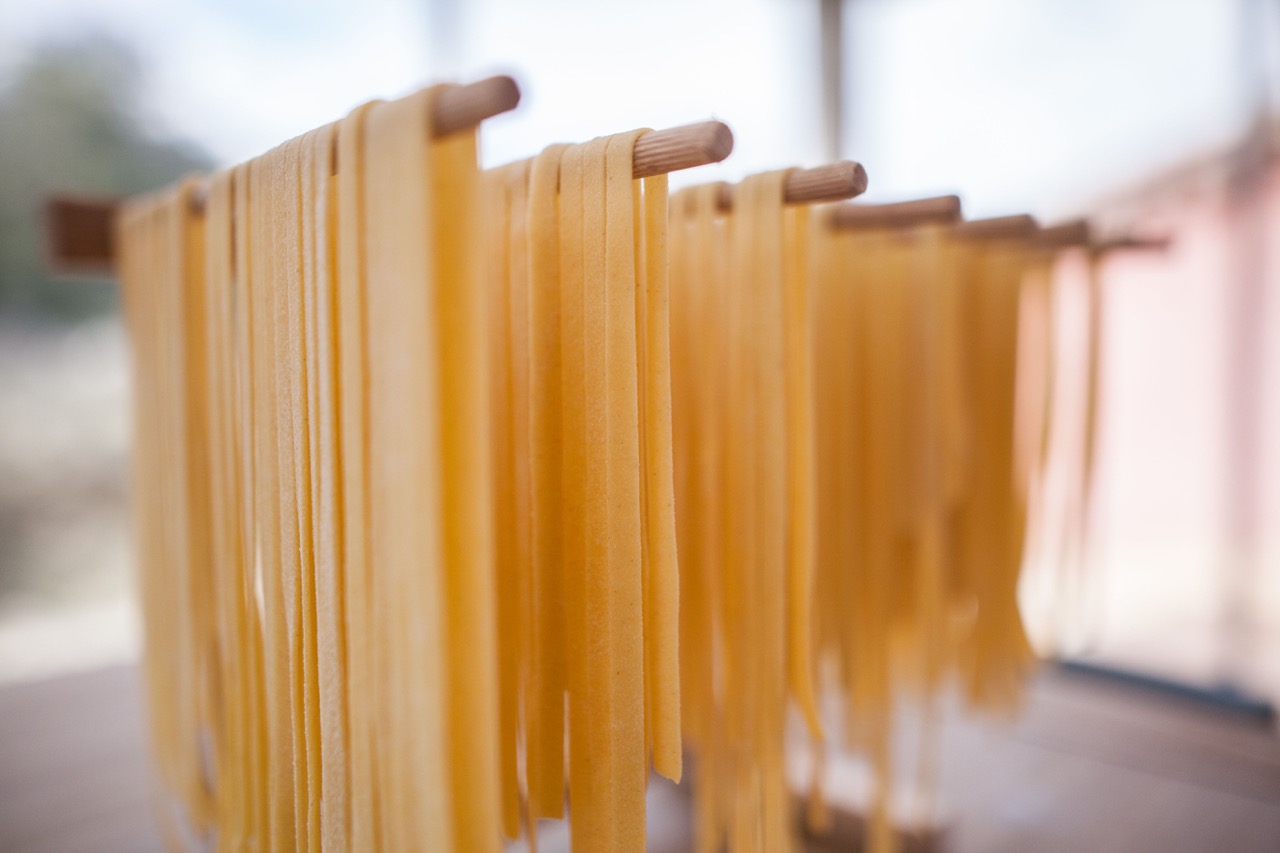
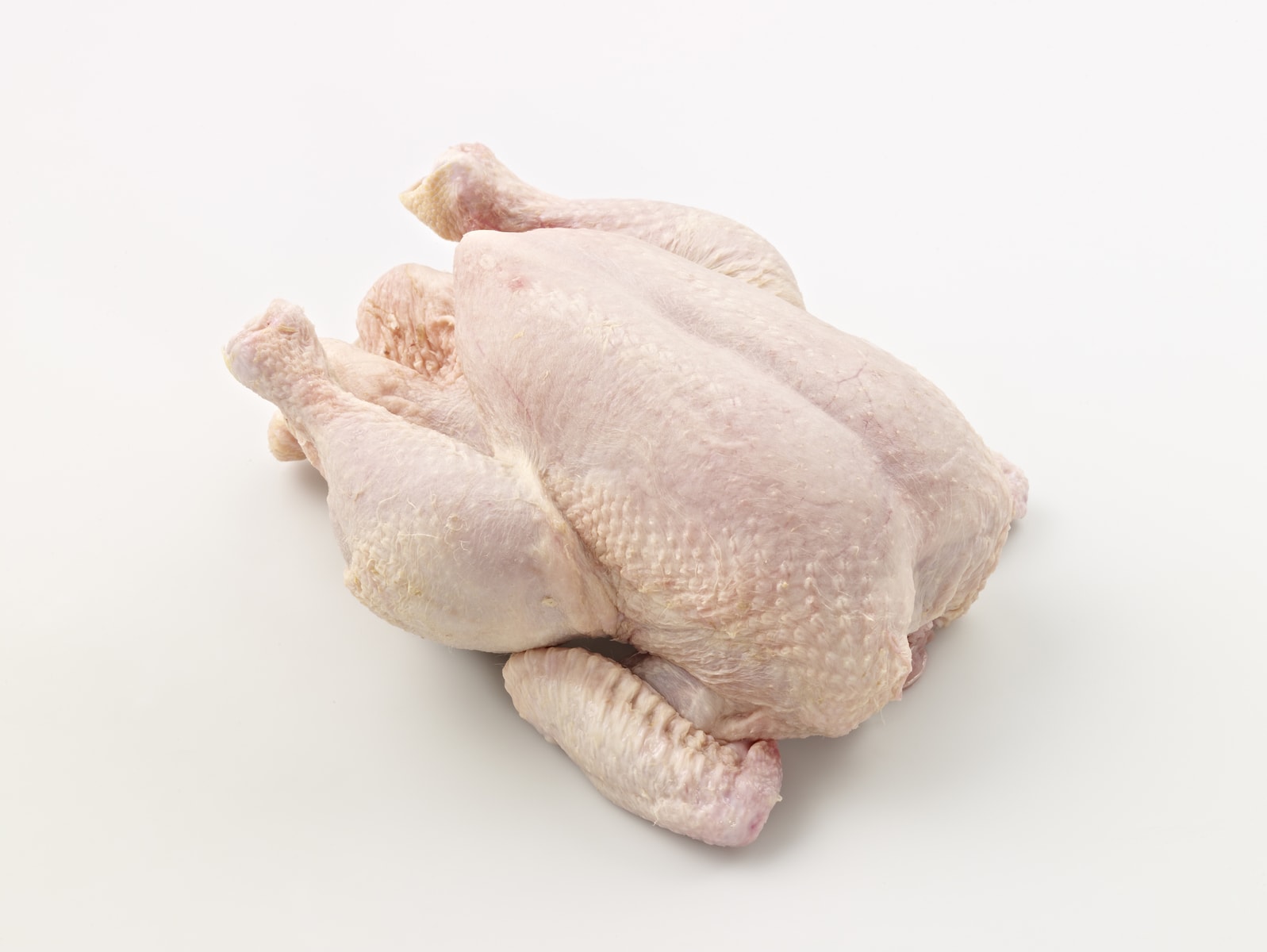
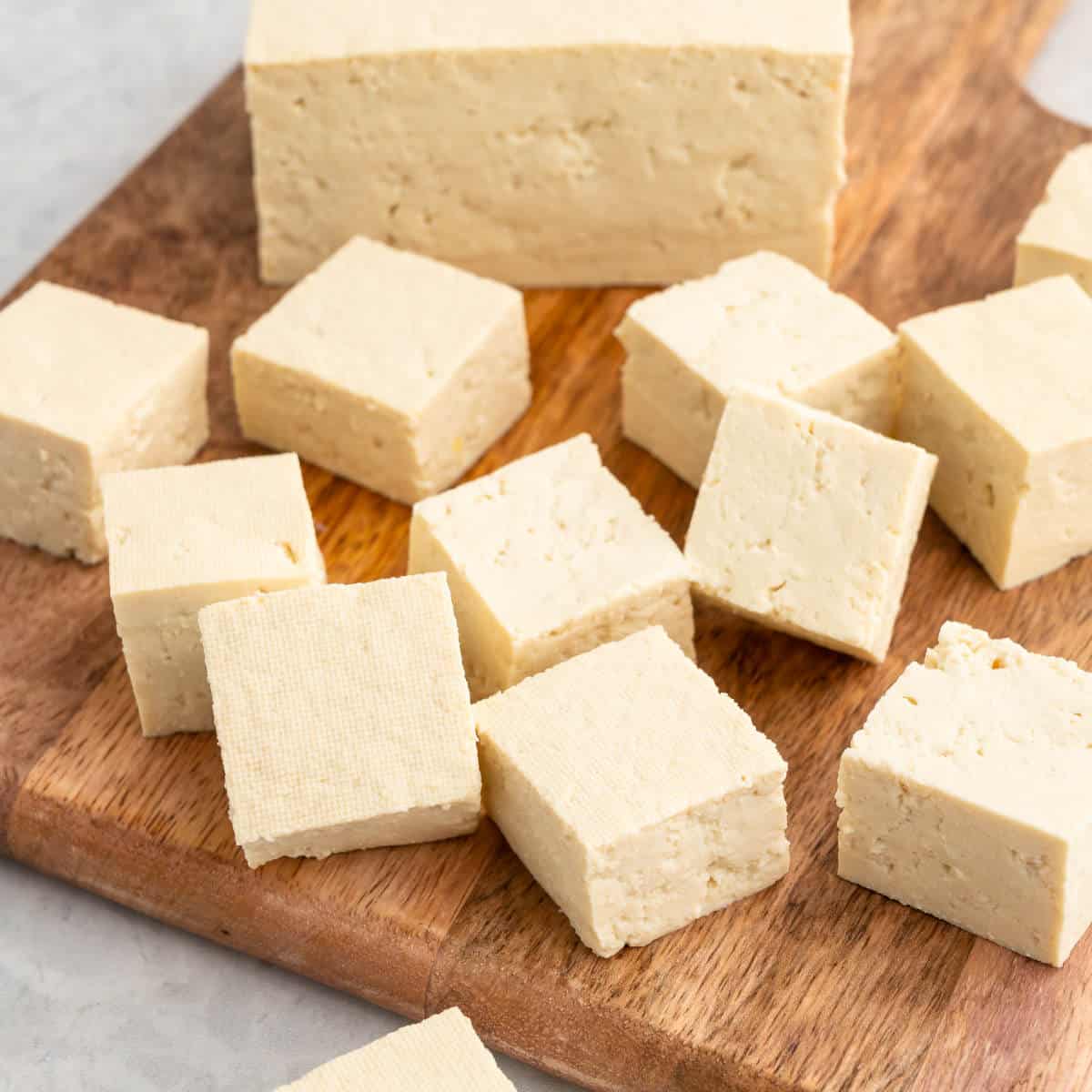

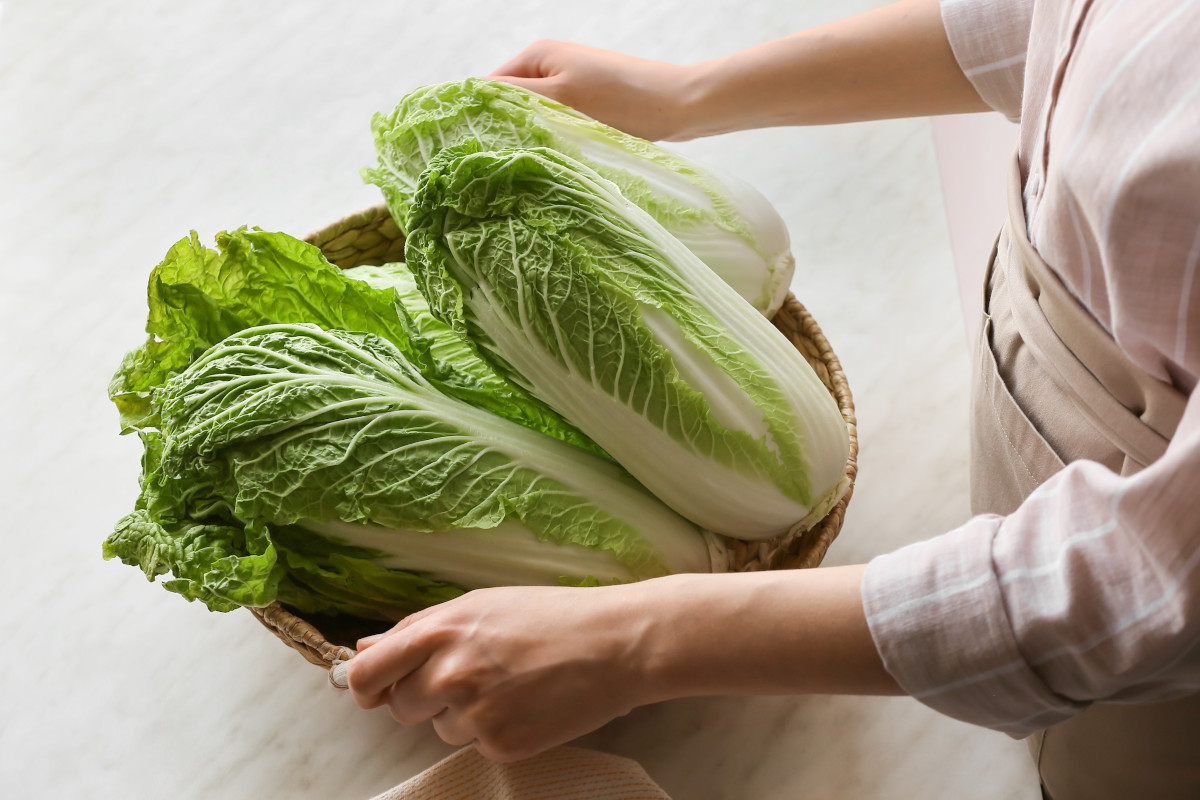
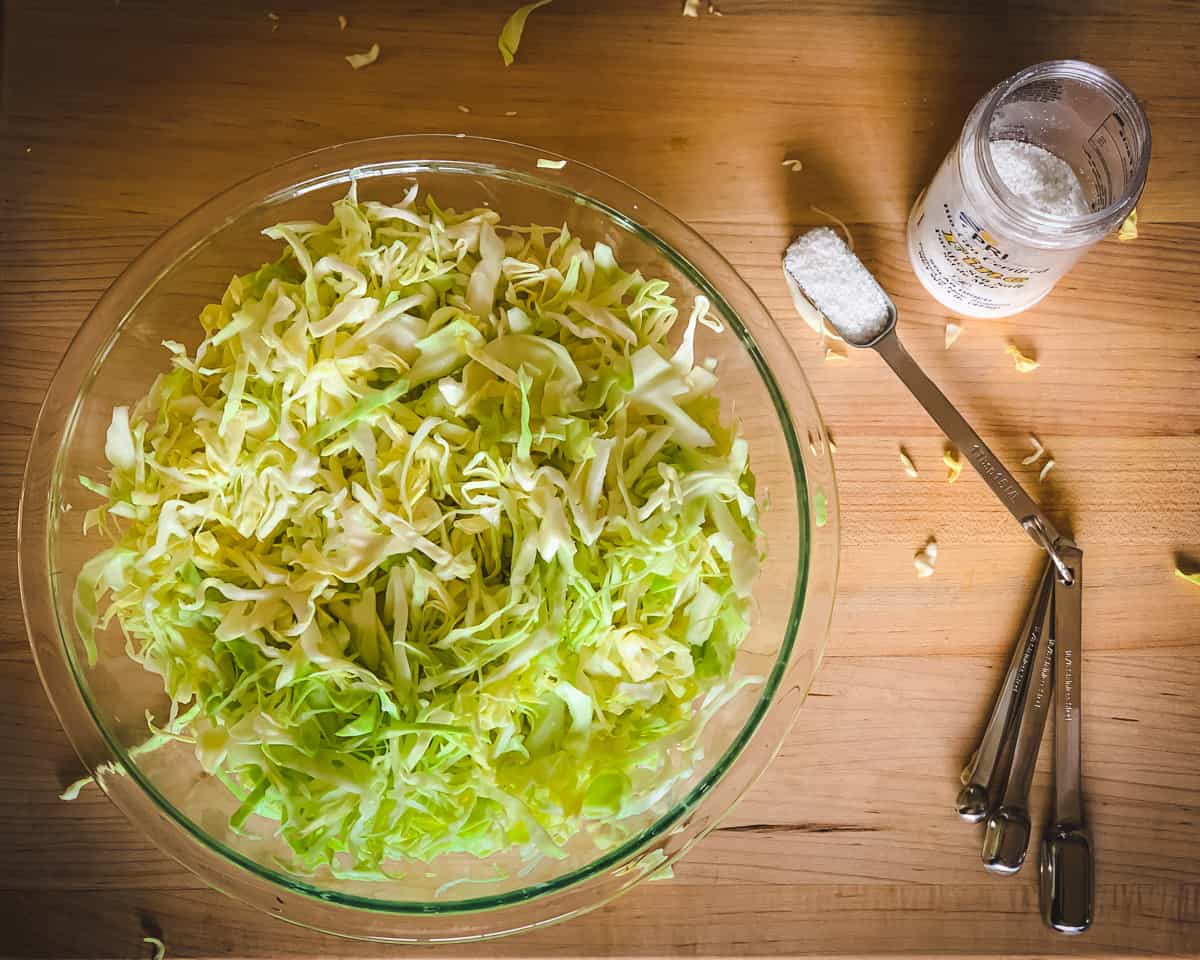
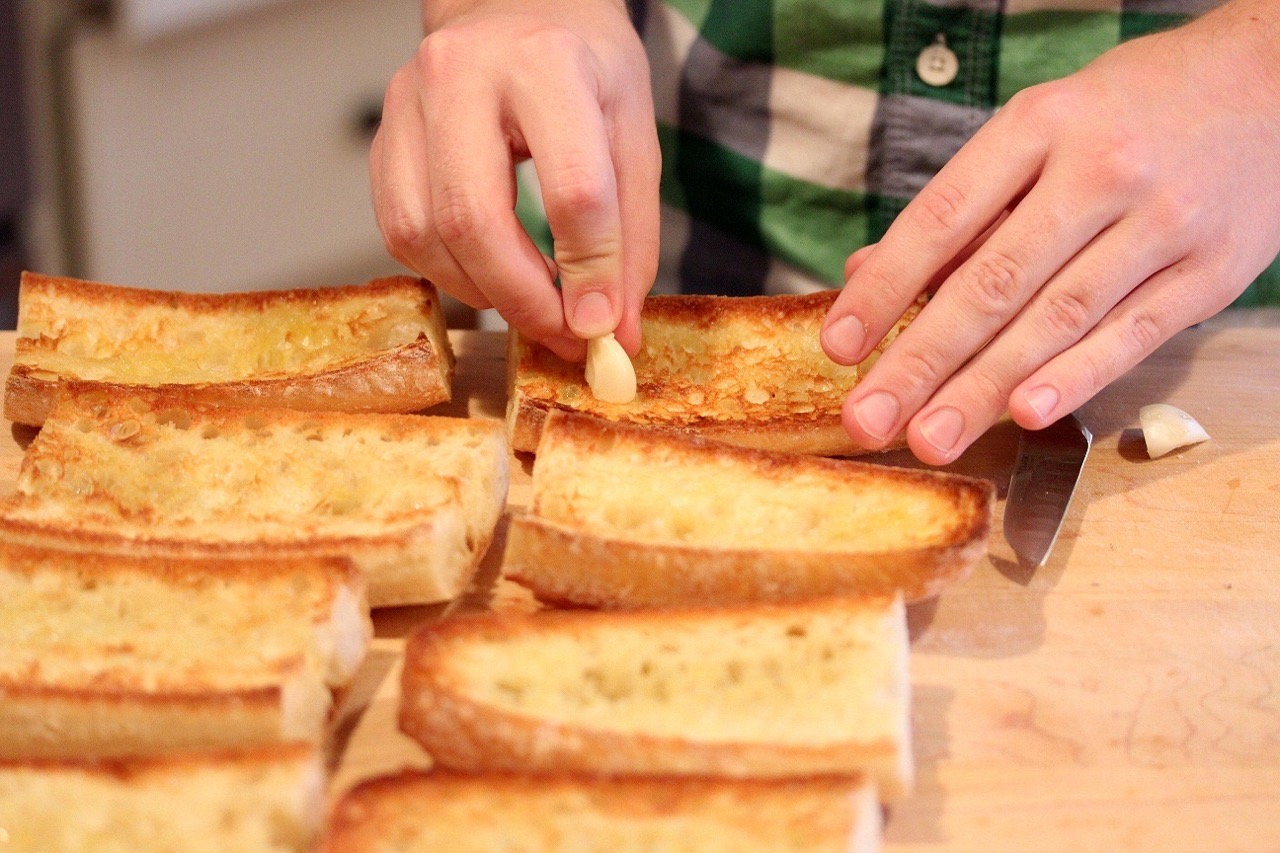
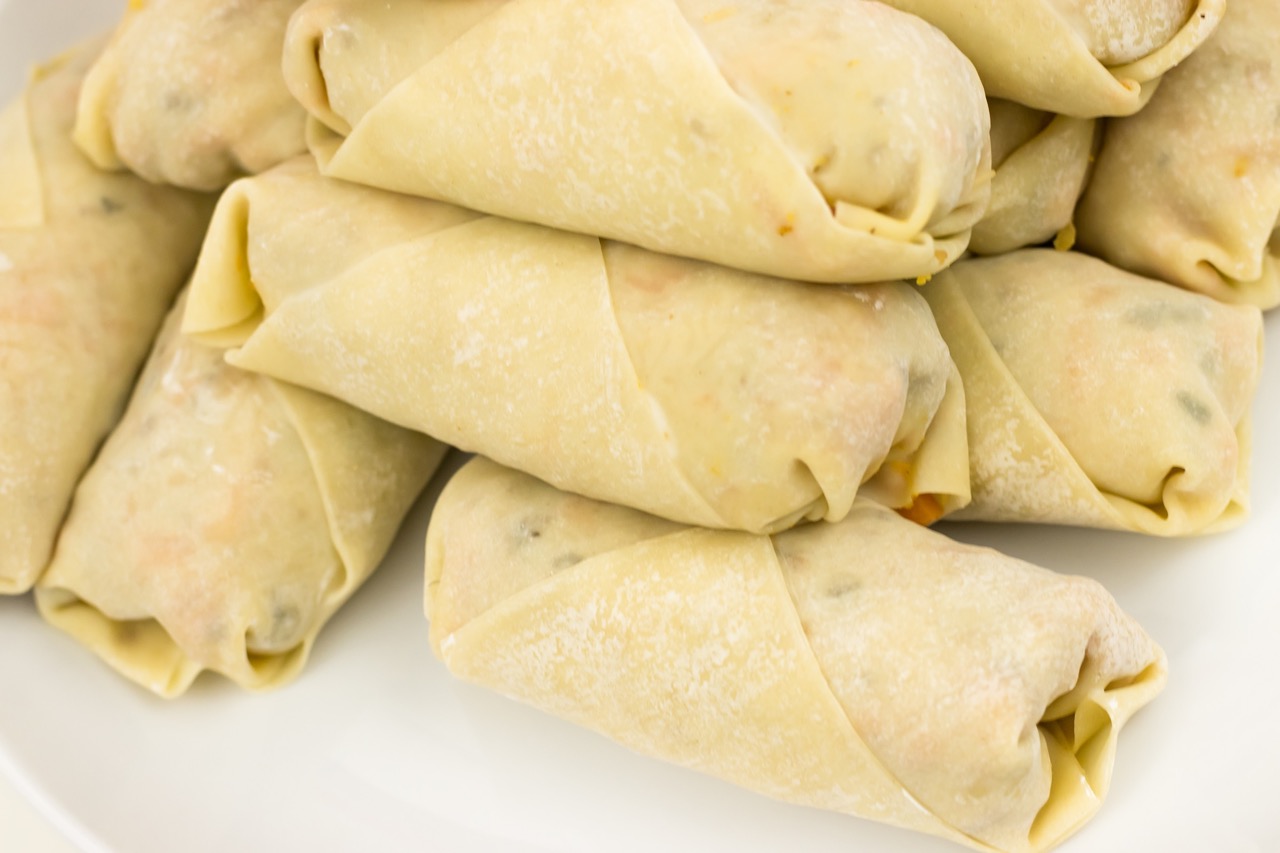
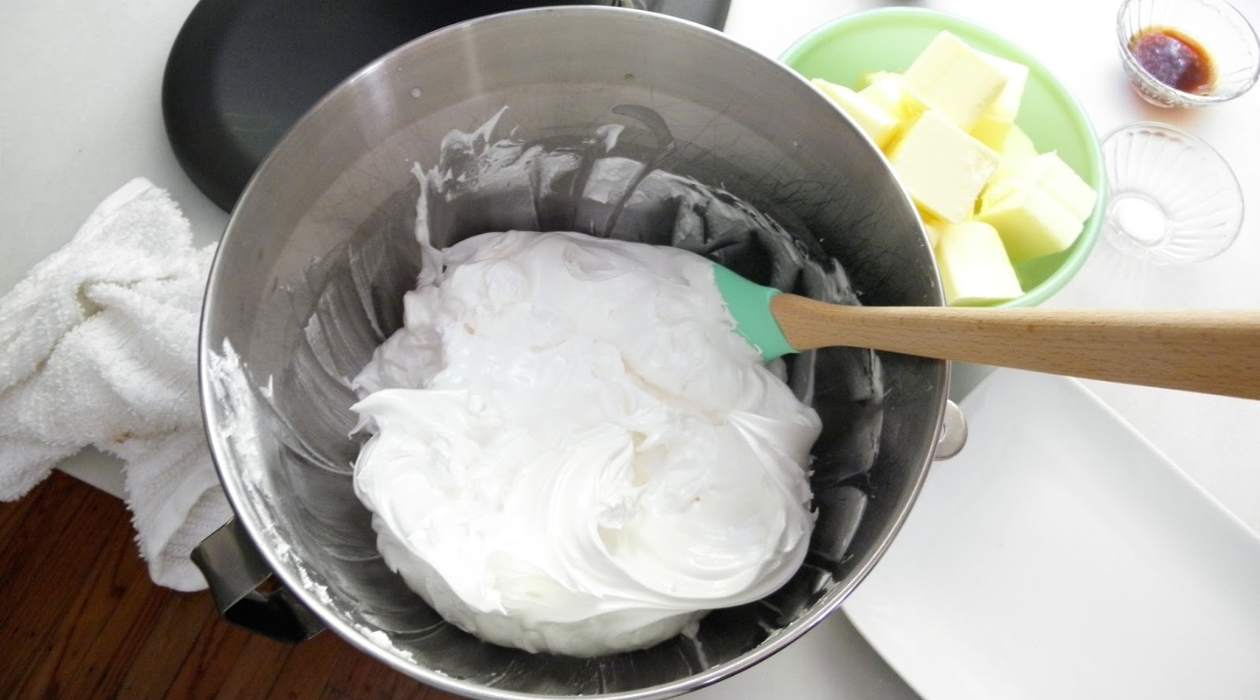
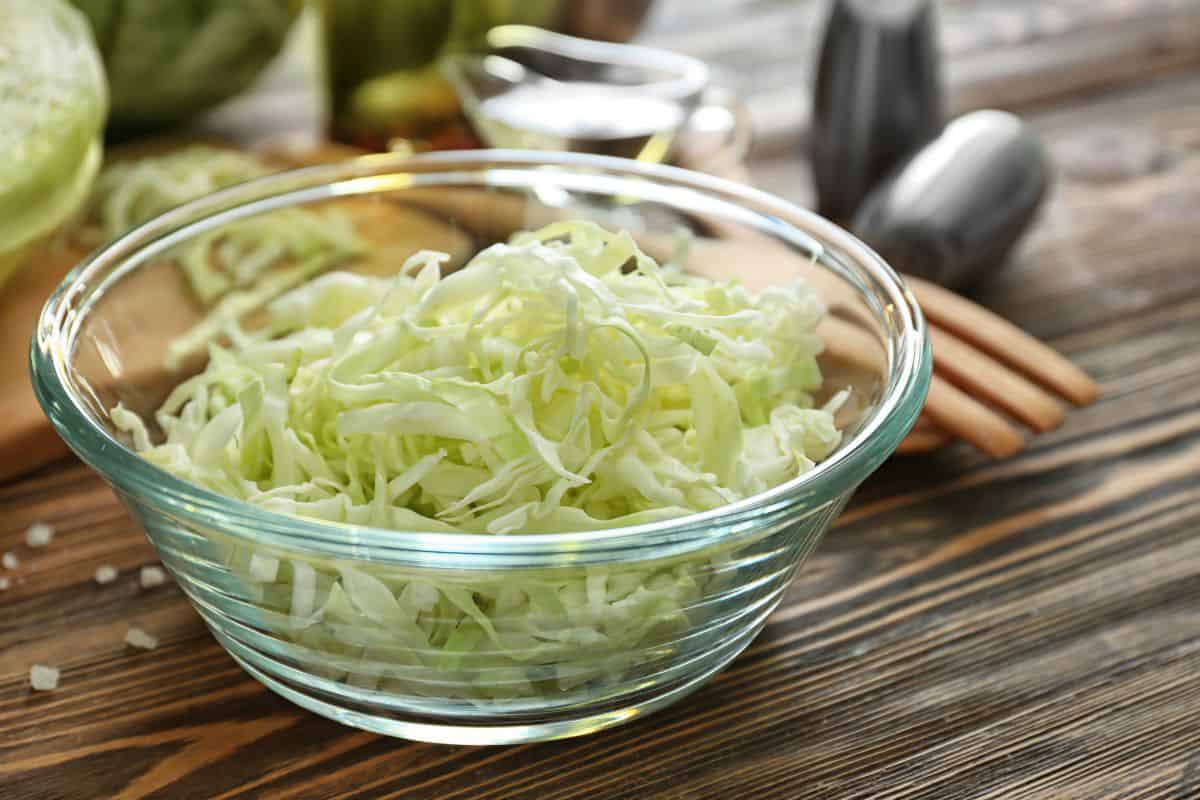

0 thoughts on “How To Store Uncooked Cabbage”